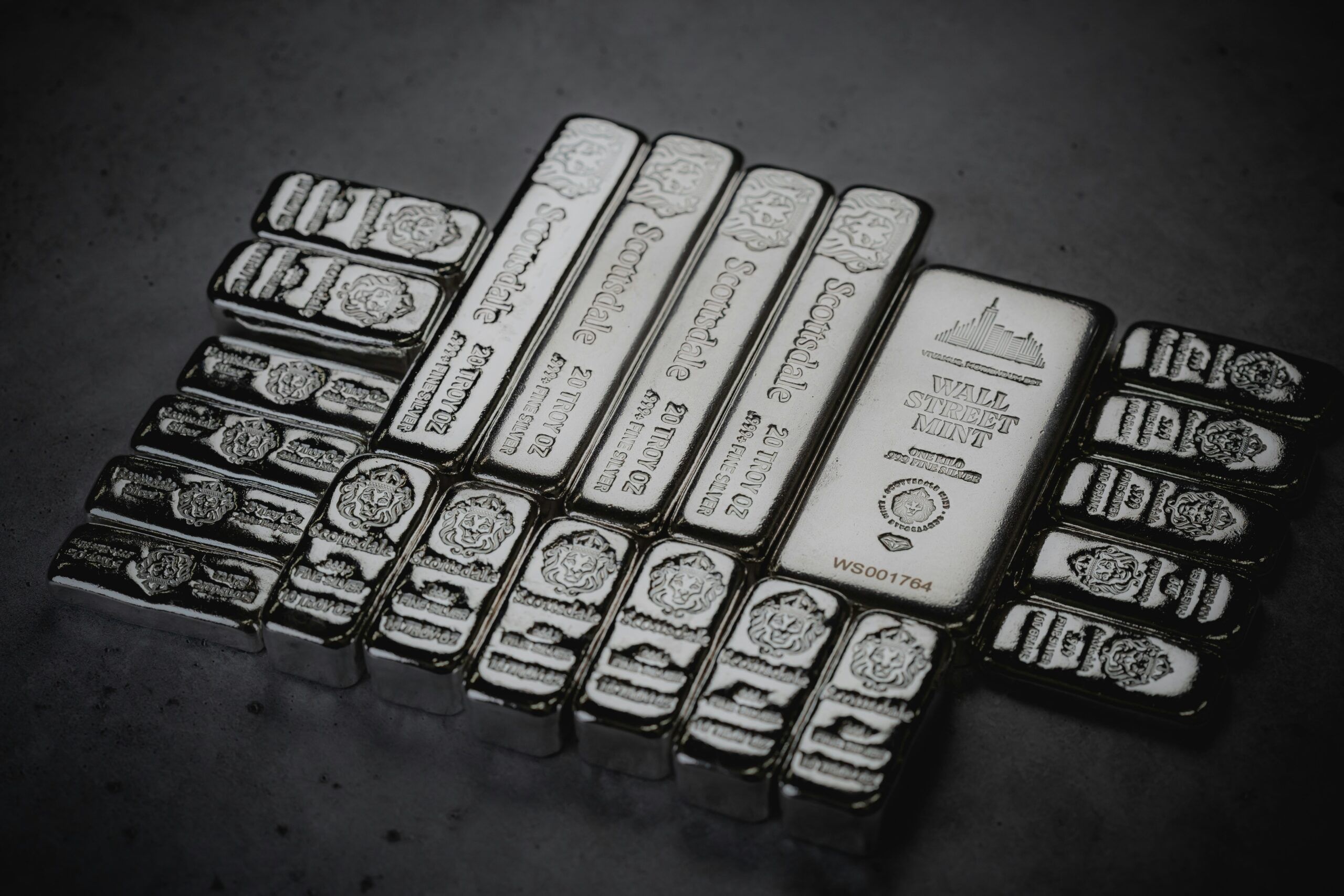
Silver Soars Above $50 as Squeeze Hits London Silver Market
On Thursday, 9th October, silver breached the $50 per ounce mark for the first time since the 1980s, evoking memories of the Hunt brothers*, before continuing its climb to reach a high of $51.23 per ounce. The surge in silver prices, already up by around 70% since the start of the year, has been driven by investors rushing to safe-haven assets such as silver, gold, and other precious metals, as well as by a surge in demand from India. Another key factor is silver’s critical role in industrial markets, with wind farms and solar panels now accounting for nearly half of global demand.
*Hunt Brothers – Nelson Bunker Hunt and his brother were Texas oilmen whose worldview was shaped by a sense that the odds were stacked against them. With inflation at 15%, scrutiny from the IRS (Internal Revenue Service), and tensions with Muammar Gaddafi, they felt under siege. After refusing Gaddafi’s demand for half the profits from their Libyan oil fields, the Hunts saw their assets seized. Determined to protect their wealth, Nelson Hunt decided to hedge against inflation by hoarding silver, leading the brothers to begin one of the most infamous market plays in modern history.
Experts note that Nelson Hunt was not a typical “buy and sell” trader. Out of paranoia and conviction, he and his brother began stockpiling silver in 1973, when it was priced at just $2 per ounce. By 1980, the price had reached $45 per ounce and was still rising. The Hunts had amassed around 200 million ounces of silver, and the craze spread. People sold family heirlooms, thieves targeted silverware, and anything containing silver was melted down, all of which pushed prices even higher.
The fallout prompted regulators to act. On 7th January 1980, both **COMEX and the Chicago Board of Trade introduced emergency measures, including higher margin requirements. Experts at the time said the new rules effectively outlawed further silver buying, allowing only liquidation contracts. Prices soon collapsed from a high of $49.45 per ounce to $16.60 by 18th March that year. After years of legal battles and financial manoeuvring, the Hunt brothers eventually lost everything.
** COMEX – The Commodity Exchange, a division of the CME Group, is a global derivatives marketplace that allows clients to trade futures and options across major asset classes. It also provides clearing and data services and serves as the main exchange for trading metals such as gold, silver, copper, and aluminium.
Fast-forward to the 21st century, and the London Silver Market is experiencing what many describe as a historic squeeze. As prices continue to rise, the mismatch between supply and demand has become so severe that a global hunt for bullion is underway.
Some traders are even booking space on commercial flights from New York to London (a costly method) to transport silver bars and take advantage of the $1.20 per ounce arbitrage opportunity seen on Monday this week. The shortage of silver bars has been fuelled by several factors, starting with Donald Trump’s threat to impose tariffs on the metal. This prompted a mass exodus of bars across the Atlantic as traders rushed to beat potential levies.
Other contributing factors include a spike in demand from India, increased debasement trading (where investors sell currencies and buy safe-haven metals as global debt climbs), and production shortfalls among miners who are failing to keep pace with demand. Additionally, large volumes of silver are held in vaults underpinning ETF trading, meaning they cannot easily be sold or leased. The leasing market has become so tight that traders holding short spot positions are paying sky-high rates to borrow silver to roll over their contracts.
Market analysts in London believe that natural momentum will eventually see silver bars flow back to the city from reserves elsewhere, helping to ease the shortage. However, traders in New York remain hesitant to export silver to London, as the US government lockdown could cause customs delays, potentially costing millions in missed opportunities. There is also widespread caution over President Trump’s potential tariffs on silver, which is under investigation as a critical mineral under Section 232. Should the US decide not to impose tariffs, part of the squeeze in London could ease. The coming four to six weeks will be crucial in determining how this tightness in the London silver market unfolds.
You may also like

Other facilities
IntaCapital Switzerland | Copyright © 2025 | All Rights Reserved